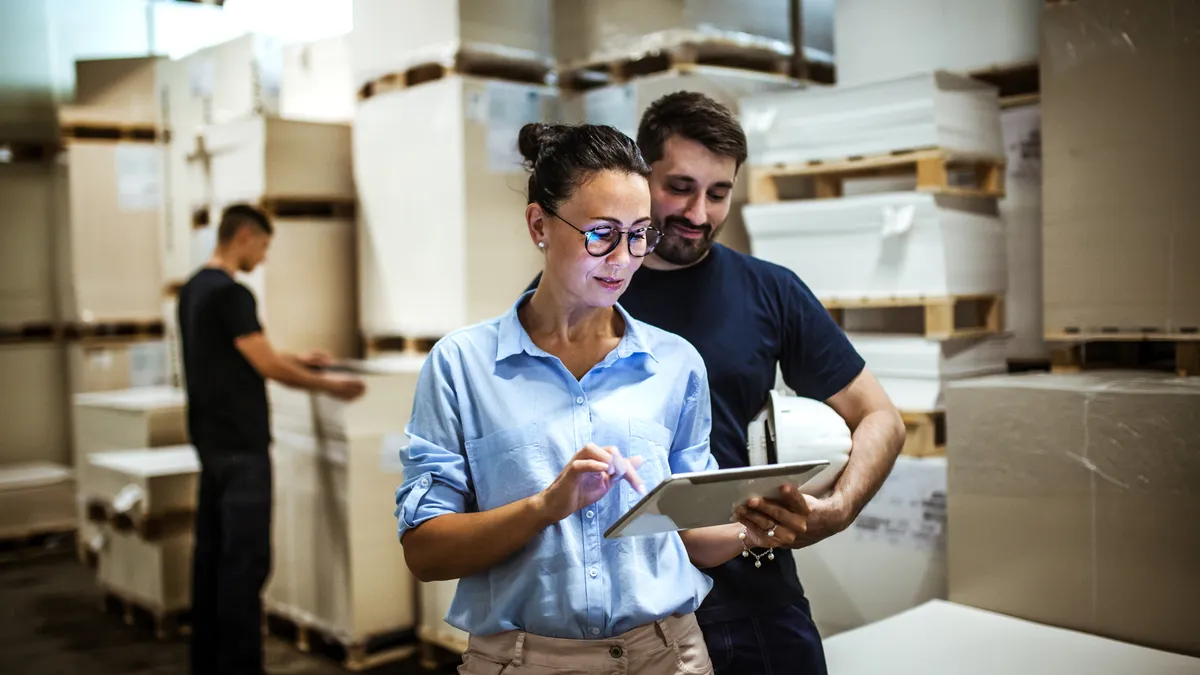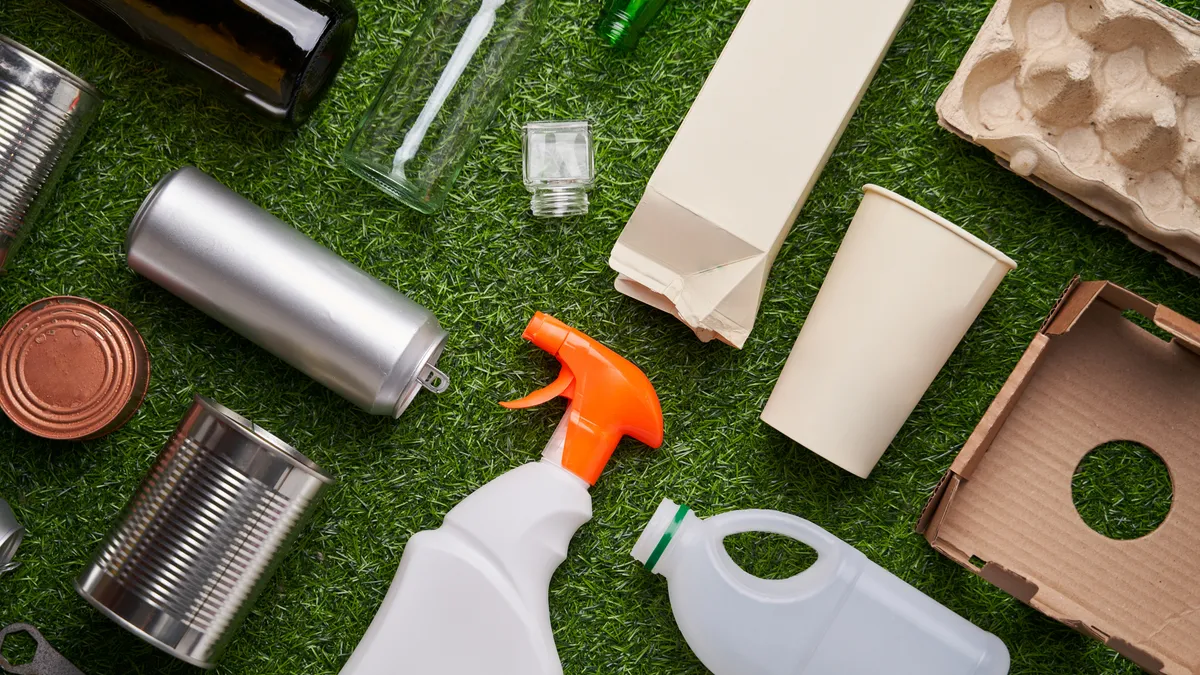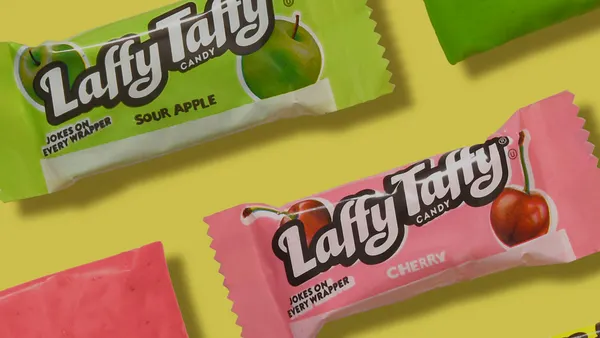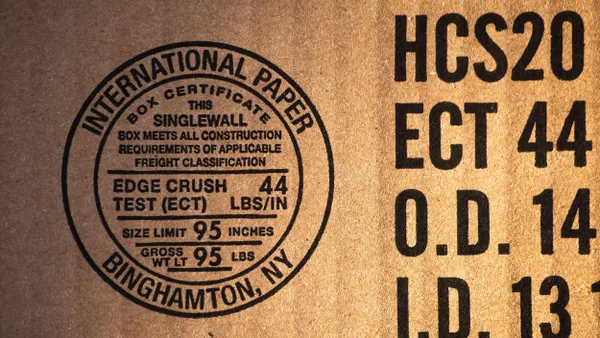Today’s industries face a truly unique set of challenges. An increasing need to increase sustainability and efficiency. Seemingly constant staffing issues. The ability to grow and expand without experiencing hiccups from partners and suppliers. This means finding a packaging partner that is agile enough to respond to evolving needs. Large enough to help companies scale as needed. And multifaceted enough to design and deliver an entire suite of packaging components. UFP Packaging helps push companies confidently into the future with a team built to anticipate change and respond quickly.
It starts with a holistic, top-down assessment. As Justin Elwell, Vice President of Strategic Growth and Marketing and New Products with UFP Packaging, explains, “Our team of packaging engineers review more than our customers’ products, they tour their facilities and get a sense of their entire product flow,” he says. “We work with them and their designers to develop a package that keeps the product safe, provides the lowest cost, and is the easiest to ship and assemble.”
Finding efficiencies along the way requires an attention to detail and a proactive mindset. For example, evaluating the entire unit load design is critical to determining what works best for a given product and customer. Only by examining the item and its entire packaging process can manufacturers discover efficiencies that will improve costs while enhancing employee productivity and safety.
“For instance, UFP Packaging is working with a paint manufacturer that ships gallons of paint on 48” x 40” pallets,” Elwell says. “We looked at the thickness of the pallet itself and the paint cans, and we found that we could trim down the pallet to lower their costs. But, we also determined they could use less material in the cans and keep the thicker pallet, saving even more money than the thinner pallet,” he explains. This level of collaboration and customer-specific design embodies the agility needed to improve production and the bottom line across industries.
Similarly, a total solutions provider must be flexible enough to meet workforce needs. As industries struggle with staffing shortages, a systems-based design can enhance safety even when accounting for fewer workers. A comprehensive packaging partner can also develop lighter packages or materials that are easier to assemble, reducing the need for pneumatic fasteners and other tools with potential safety concerns.
“We developed the Easy-3, which is designed to expedite crate assembly,” Elwell says. “It takes one person just 10 minutes to assemble with no nail or staple guns, whereas previous crates took three people 30 minutes to assemble,” he adds. These solutions are particularly beneficial for building materials and glass or heavy equipment manufacturers. They are also an example of the breadth and depth a total solutions provider can bring to their customers.
A total solutions provider can also supply every packaging component needed, from labels and corrugated boxes to film and strapping. This integrated capability saves money when compared to negotiating contracts with separate suppliers for each component.
Bigger can also be better from a geographic standpoint, as large-scale suppliers can service with multiple locations from their packaging partner’s nearest location, lowering shipping. UFP Packaging, for example, has locations across the U.S., which drives savings on materials. “We can bring our customers the lowest-cost product based on the available resources at our plants nearest to them,” Elwell explains.
Another benefit of collaborating with a total packaging provider is their ability to apply cross-industry knowledge to develop the best solutions for all their customers. The Easy-A crate from UFP Packaging was developed as an A-frame for shipping glass plates. UFP sales and engineering staff recognized its versatility for marble, tile, and quartz plates, and now countertop manufacturers are utilizing this packaging.
This level of innovation and expertise can only be found in a large organization with deep industry knowledge and collaborative, systems-based approaches. Whether striving to achieve sustainability goals, hit efficiency benchmarks, or grow exponentially, it requires a new approach to the packaging lifecycle.










